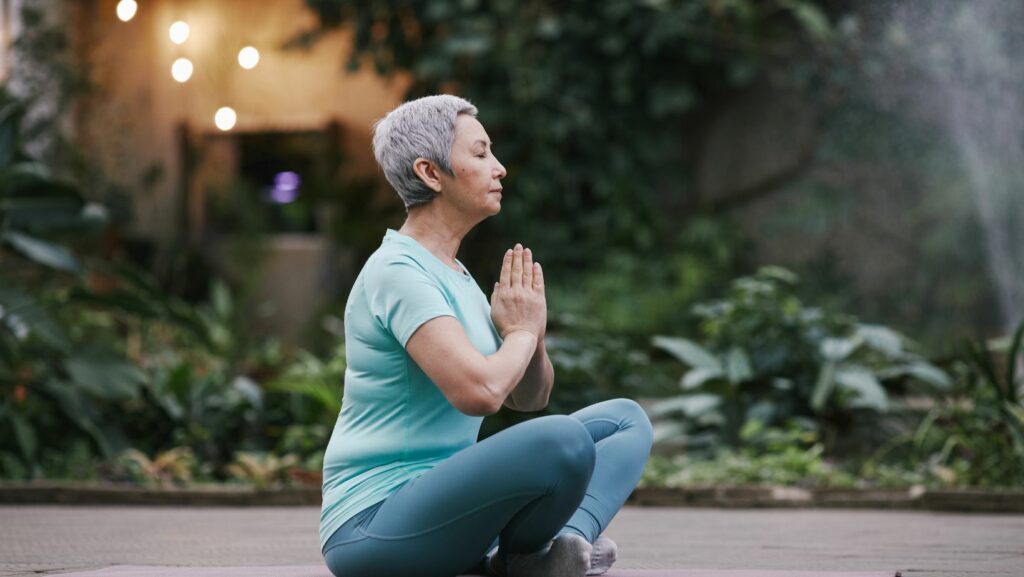Yoga is more than just physical exercise; it’s a practice that nurtures the mind, body, and spirit. Whether you’re new to yoga or an experienced practitioner, there’s always room to deepen your practice and discover new levels of strength, flexibility, and inner peace. Here are some tips to enhance your yoga journey and take your practice to the next level.
1. Focus on Breathwork
One of the most powerful aspects of yoga is its emphasis on the breath. Breath control, or pranayama, is fundamental to moving through poses with ease and staying present on the mat. By focusing on your breath, you help calm your nervous system and stay grounded in each moment.
Tip: Practice deep belly breathing during each pose. Inhale deeply through your nose, letting your belly rise, and exhale slowly through your mouth or nose. This will help you stay focused, increase your energy, and improve your endurance.
2. Embrace Consistency
Yoga is a practice that thrives on consistency. Instead of sporadically attending classes or doing a few sessions a month, try to commit to a regular schedule. Practicing consistently, even for just 20 to 30 minutes a few times a week, can lead to significant progress.
Tip: Set a time each day to practice, even if it’s just a short session. Creating a habit will not only improve your physical practice but also support mental clarity and emotional balance.
3. Focus on Alignment
Proper alignment in your poses is crucial for preventing injuries and ensuring you’re getting the most out of each posture. It can be tempting to rush through poses or push yourself too hard, but focusing on alignment will help build a more sustainable and effective practice. A solid understanding of alignment is often a key focus in yoga teacher training, where instructors learn how to guide students safely through various poses.
Tip: If you’re unsure about your alignment, use props like blocks or straps to assist you. Alternatively, consider joining a class or getting feedback from a more experienced practitioner or instructor.
4. Challenge Yourself Gradually
If you feel comfortable in your practice, it’s time to push your limits gently. This doesn’t mean jumping into advanced poses right away, but gradually exploring new postures and variations will help you grow. The key is to challenge your body while respecting its boundaries. For those looking to enhance their strength in yoga, incorporating high-quality gym equipment like resistance bands or dumbbells can complement your practice and help you build muscle.
Tip: Add one or two new poses or variations to your practice each week. For example, if you’ve mastered Downward Dog, try incorporating the Three-Legged Downward Dog to build strength and flexibility.
5. Cultivate Mindfulness
Yoga is as much about mental focus as it is about physical movement. The ability to quiet your mind and be fully present during your practice can transform your experience. Cultivating mindfulness allows you to let go of distractions and engage deeply with your body and breath.
Tip: Before beginning your practice, take a few minutes to center yourself with a short meditation. Set an intention for your session and focus on being present for every movement.
6. Stretch and Strengthen Equally
Yoga is a balance of flexibility and strength. While many practitioners focus on deep stretches, strengthening muscles is equally important. Strengthening the muscles helps support the joints and promotes greater stability in poses.
Tip: Incorporate both stretching and strengthening movements into your practice. Poses like Plank, Warrior III, and Chair Pose will help build strength, while poses like Forward Fold and Pigeon Pose will improve flexibility.
7. Explore Different Styles of Yoga
If you’re feeling stuck in your current practice, consider trying a new style of yoga. From Vinyasa to Hatha, Ashtanga to Yin, each style offers different benefits and challenges. Exploring a variety of practices can prevent burnout and allow you to discover new aspects of yoga.
Tip: Experiment with different classes and instructors to find what resonates with you. If you’re used to a fast-paced flow, try a restorative class for a more relaxing experience, or attend a meditation-based yoga session to explore mindfulness more deeply.
8. Listen to Your Body
Yoga encourages you to listen to your body and honor its limitations. If you push too hard or ignore pain, you risk injury and hinder progress. Every day is different, and your body’s needs will vary depending on how you feel.
Tip: Use the practice of non-judgment (Ahimsa) to approach your practice with compassion. If a pose feels too intense, take a step back, modify it, or take a rest. Don’t be afraid to adjust your practice based on what your body tells you.
9. Integrate Yoga Into Daily Life
Yoga isn’t just confined to the mat; it’s a lifestyle. You can carry the mindfulness, flexibility, and strength cultivated on the mat into your daily activities. Whether it’s practicing mindfulness in daily tasks or incorporating gentle stretches into your routine, yoga can be a constant presence in your life.
Tip: Try short stretches or deep breathing exercises throughout your day. This helps to reinforce the principles of yoga and keeps your body and mind in balance.
Conclusion
Improving your yoga practice is a journey that requires patience, consistency, and self-awareness. By focusing on breath, alignment, mindfulness, and gradual progression, you can deepen your practice and experience its transformative benefits both on and off the mat. With time, you’ll find yourself becoming not just a stronger yogi but a more grounded, present, and resilient person.

